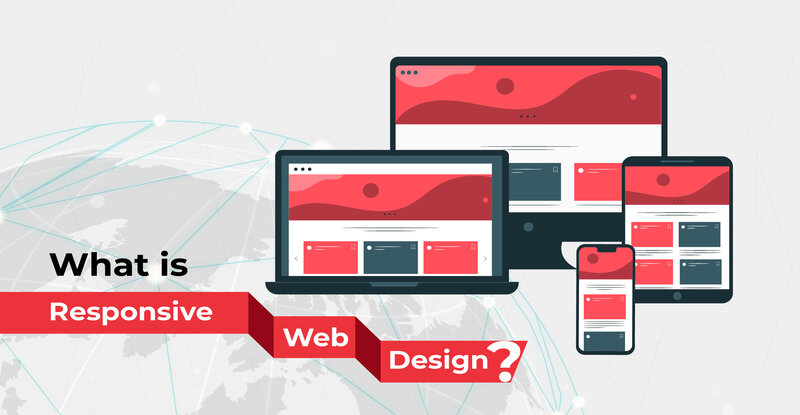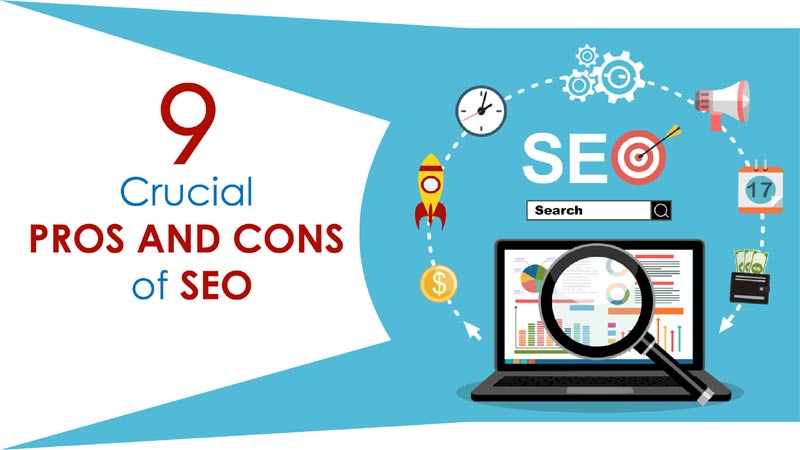Invented and showcased within a few years of each other, the desktop computers, mobile phones, and the internet became three of the most significant inventions of the last millennium, changing the way the world communicated and interacted.
The World Wide Web, invented in 1989, and the touchscreen phones, first launched in 2007, gave a massive boost to how the internet was accessed on the move. Sometime in mid-October 2016, mobile devices (phones + tablets) overtook desktop computers in the global market share of internet access, with mobile phones by themselves overtaking desktops less than a month later. The turn of the millennium also saw a slew of social media networks and e-commerce sites, making accessing the internet through mobiles an inevitable part of our daily lives!
Recognizing the increased mobile traffic and the overall need for improved user experience, Google and other search engines began to modify the process of ranking websites. Tech companies, on their part, put out a slew of devices with varying sizes and screen resolutions, compelling websites to evolve and support the range of screen sizes.
This gave rise to a major challenge resulting in a historic shift in the way websites and other digital content were designed! Designers moved from adaptive design, crafting versions of one design customized for a particular dimension, to responsive design. This single, flexible design would stretch or shrink to fit the screen, much like liquid does to fit the shape of the vessel it’s poured in.
Defining Responsive Web Design
A website is considered ‘responsive‘ when a standard design starts adapting itself to the screen size of a visitor’s device. Technically, the website server sends the same HTML code to all devices and Common Command Set (CCS), automatically altering the layout and design to match the device’s size and resolution. All images, text, and icons automatically adjust to be the perfect size to ensure that each element is attractive, legible, and usable.
The importance of Responsive Website Design?
1. Google prefers responsive design
With the spike in mobile commerce and search giant Google using mobile-first indexing, a slow website takes time to load on your mobile. The design does not adjust fluidly to the device size, negatively impacting the user experience and SEO ranking. This, in turn, will result in your website ranking significantly lower in the search engine results pages (SERPs) due to your design not being responsive.
2. Responsive Web Design Is Practical
With new screen dimensions being launched regularly, especially in the mobile world, pursuing an adaptive design approach becomes time-consuming, expensive, and impractical. A responsive website design that can comfortably adjust to screen size ranging from a small 4-inch mobile phone to a huge 27″ iMac, and all the varying sizes with different orientation and resolution options, is by far the most efficient solution.
3. Responsive Website Design stand the test of time
With mobile and desktop companies launching devices in various screen sizes and resolutions at a hectic pace, ensuring your web design is responsive now as a one-time effort will help it evolve and adjust to new technology in the future.
The end objective of a responsive design is to help users avoid unnecessary resizing, scrolling, zooming, or panning while accessing a website not optimized for different devices. Navigating these sites is often very challenging, leading to a frustrated user and possibly a potential customer.
How Do I Make My Website Design Responsive?
There are three critical aspects to this:
1. Implement a Meta Viewport Tag
Using a meta viewport value width=device-width instructs the browser to resize the page as per the screen size. The code will look like the following:
<meta name=”viewport” content=”width=device-width, initial-scale=1.0″>
2. Responsive Images
In order to make an image responsive, the CSS width property gets set at 100%, and the image will get scaled up and down.
<img src=”img_girl.jpg” style=”width:100%;”>
As this may result in the image being scaled to larger than its original size, sometimes the max-width property is preferred.
<img src=”img_girl.jpg” style=”max-width: 100%; height: auto ;”>
The above code will instruct the image to scale smaller or larger depending on the screen size, but not larger than the original screen size. It also ensures that the image remains clear.
An alternative option is to command the browser to showcase different images to conform to the viewer’s screen size. Below is an example:
<picture>
<source srcset=”img_football.jpg” media=”(max-width: 600px)”>
<source srcset=”img_swimming.jpg” media=”(max-width: 1500px)”>
<source srcset=”swimming.jpg”>
<img src=”img_football.jpg” alt=”Flowers”>
</picture>
3. Responsive Text
The size of the text can be set with a “viewport width” unit, or “vw”.
That way, the text size will change to the size of the browser window:
<h1 style=”font-size:10vw”>Good Morning</h1>
This information may only be helpful if you have experience with code and website development.
It is always advisable to engage a digital marketing agency with expertise and experience in offering responsive web design services for execution.
Given it’s built to last, responsive web design pushes us to spend the required time to get things right, not just in how we code but how we conceive new ideas and execute fresh designs.
Not having a Responsive Website Design may lead to losing users and potential customers
Your website’s objectives may differ, but what’s common is ensuring a quality seamless experience for your visitors is always a priority. This is because Google is actively monitoring your user experience. The smallest of oversights may result in your design looking unprofessional, leading to a drop in the visitor’s review/feedback about your offering. An out-of-place or altogether missing call-to-action (CTA) button is bound to affect your conversion rate rather dramatically.
Concluding
On one side, web designers strive to make progress on finding solutions that will enable new-age designs to be experienced as thought of, on every device, and in every situation. Meanwhile, on the other side, the devices should aim to display the Web in the seemingly perfect and intuitive way possible.
As both the content and hardware sides move closer to each other, we are excited at the prospect of a lot of opportunities at building a Web that is more effective, more appealing, and more impressive.
Digital Catalyst, with ‘Augmenting Growth as its core driving philosophy, is a company offering responsive web design services besides Search Engine Optimization (SEO), Search Engine Marketing (SEM), Social Media Marketing, Content Generation & Optimization, E-commerce Marketing, and Reputation Management among others. If you’re ready to invest in a responsive website and other services, do write to us at deepak@digitalcatalyst.in or call us at +91 984 903 7822




